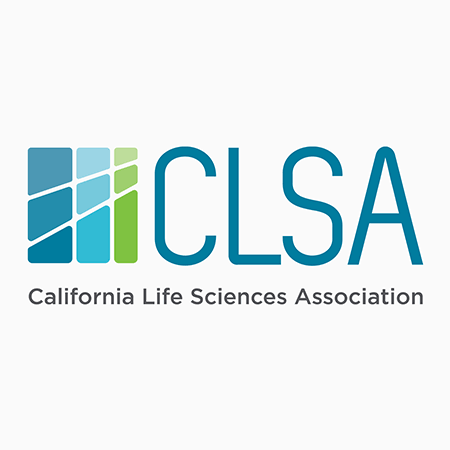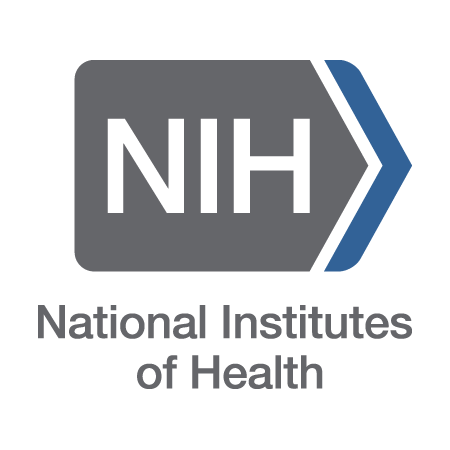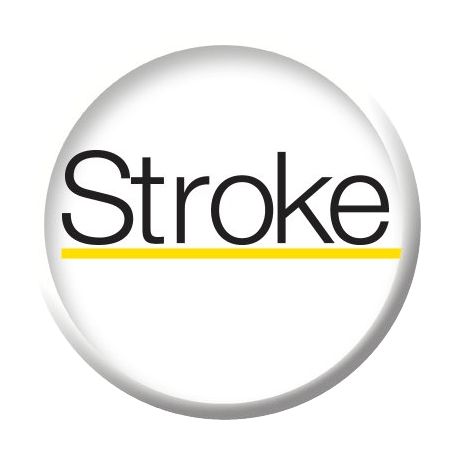Brain-activated therapy
for stroke recovery
Non-invasive therapy for motor function
rehabilitation with IpsiHand®
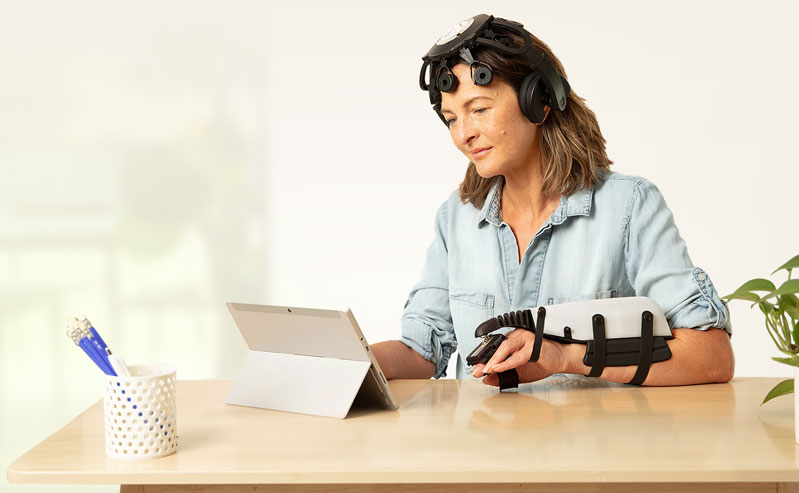
IpsiHand™ is an FDA-cleared non-invasive device for rehabilitation of upper extremity motor function after stroke.
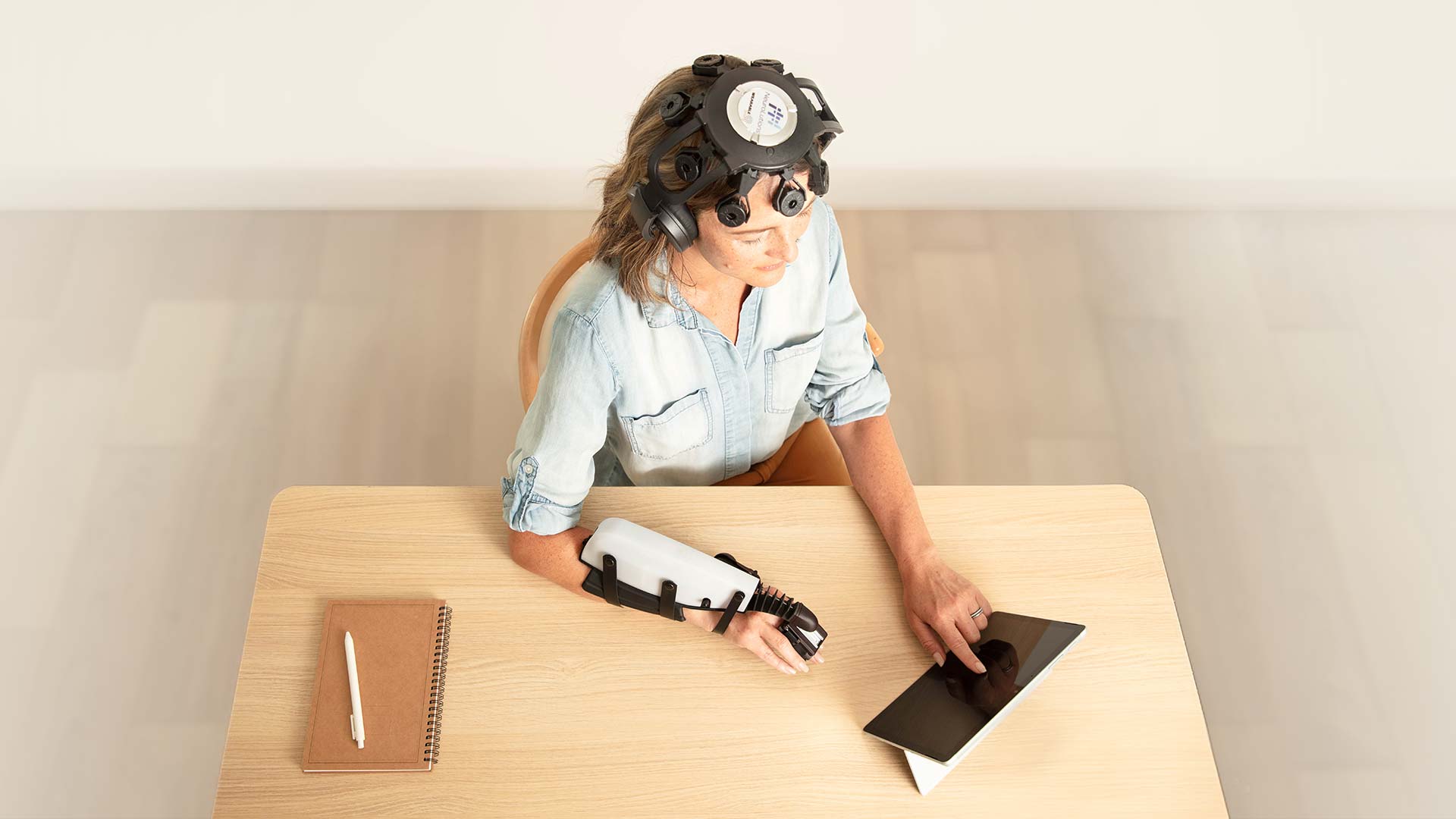
What is IpsiHand?
The IpsiHand is the first FDA-cleared device leveraging brain-computer interface (BCI) technology to assist chronic stroke patients in rehabilitation.
The device utilizes the uninjured, or ipsilateral, side of the brain to improve arm and hand function.
Therapeutic device with
long-lasting results.
IpsiHand results are durable and retained. Six months after using IpsiHand, improvements in upper extremity function remained consistent.
This sets the IpsiHand apart from other rehabilitation technologies, which typically show no long-term durability of results.
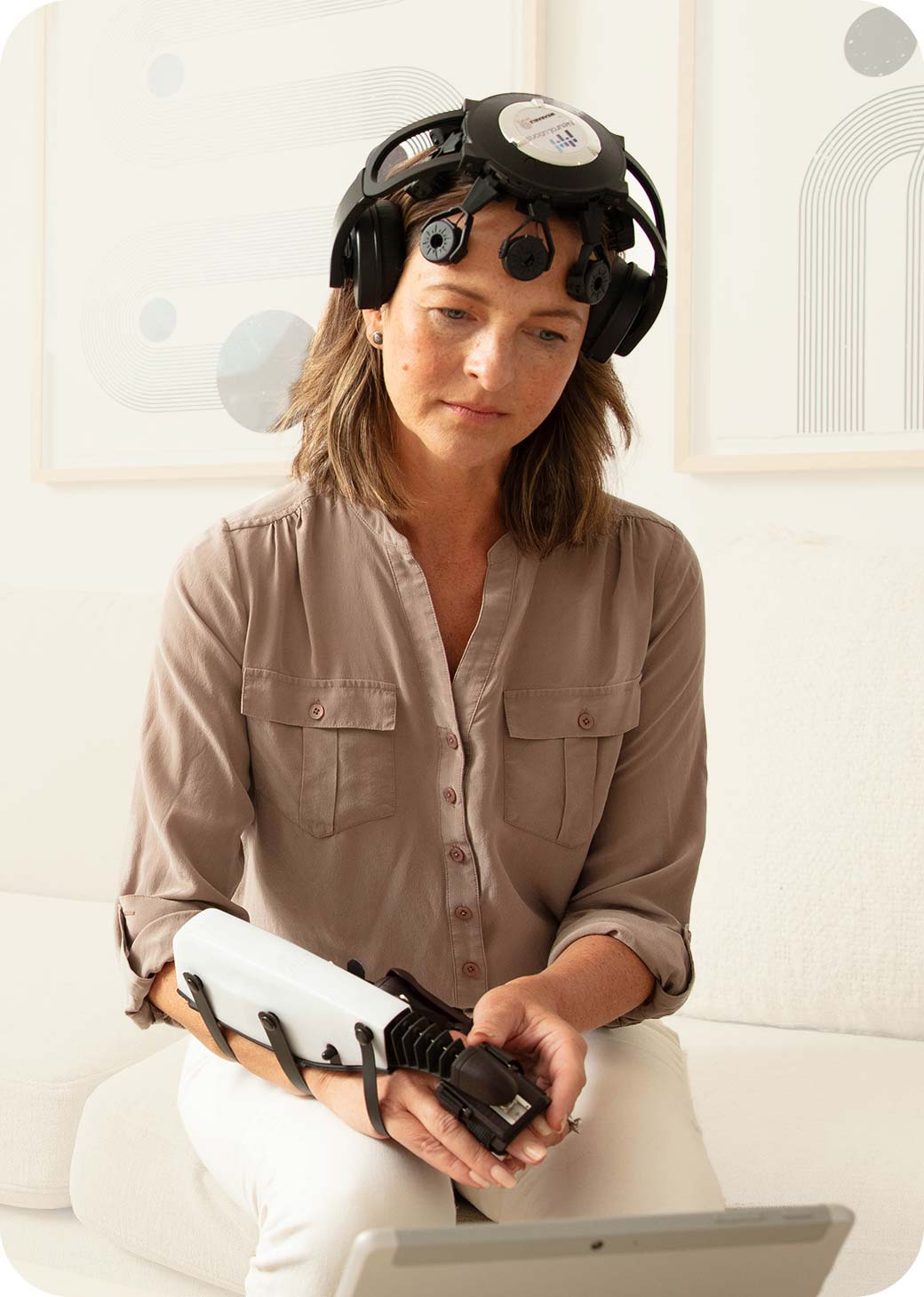
+10.2 AMAT*
On the AMAT
(Arm Motor Ability Test).
Are your patients the right fit?
Many stroke recovery patients have the cognitive capabilities needed to make progress, but just don’t feel like their brain and body are connecting. IpsiHand is a great fit for motivated patients ready to take ownership in their recovery journey.
Here are three criteria to determine if a patient might be a good fit:
01.
They are struggling with a plateau in their recovery.
02.
They are ready to make advancements in regaining use of their upper extremity.
03.
They are looking to enhance their current therapy program.
*The Arm Motor Ability Test (AMAT) provides a comprehensive and practical evaluation of how neurological impairments affect real-world arm and hand use during common daily activities, such as eating, dressing, and opening a jar.
Why IpsiHand?
Scientifically-backed and Clinically-tested
Unlike other BCI-based technologies, IpsiHand is a non-surgical, non-invasive therapeutic device that is recognized by CMS with a HCPCS code. It leverages contralesional-controlled BCI-therapy to effectively enable recovery for chronic hemiparesis.
The EEG Headset identifies cortical signals from hand regions in the primary cortex of the ipsilateral cerebral hemisphere, sending them to the computer processor to make the handpiece move in real time. With regular use following exercise prompts on their tablet, IpsiHand users show the presence of biomarkers in the brain that demonstrates motor remodeling.
Convenience and Ease of Access
Often, the intensity and task repetitions required for motor improvement isn’t achieved in outpatient therapy alone. That’s why IpsiHand is designed for independent use by patients at home. By improving patient access to home therapy, IpsiHand users can log more therapeutic program hours without direct supervision of an occupational or physical therapist.
The IpsiHand provides patients with improved access to care, minimizes the effects of social determinants of health, and eliminates transportation-related barriers. Ultimately, this therapy increases access to evidence-based care while significantly reducing the costs associated with multiple courses of outpatient therapy, offering a more cost-effective alternative to other neuro-therapeutic technologies.
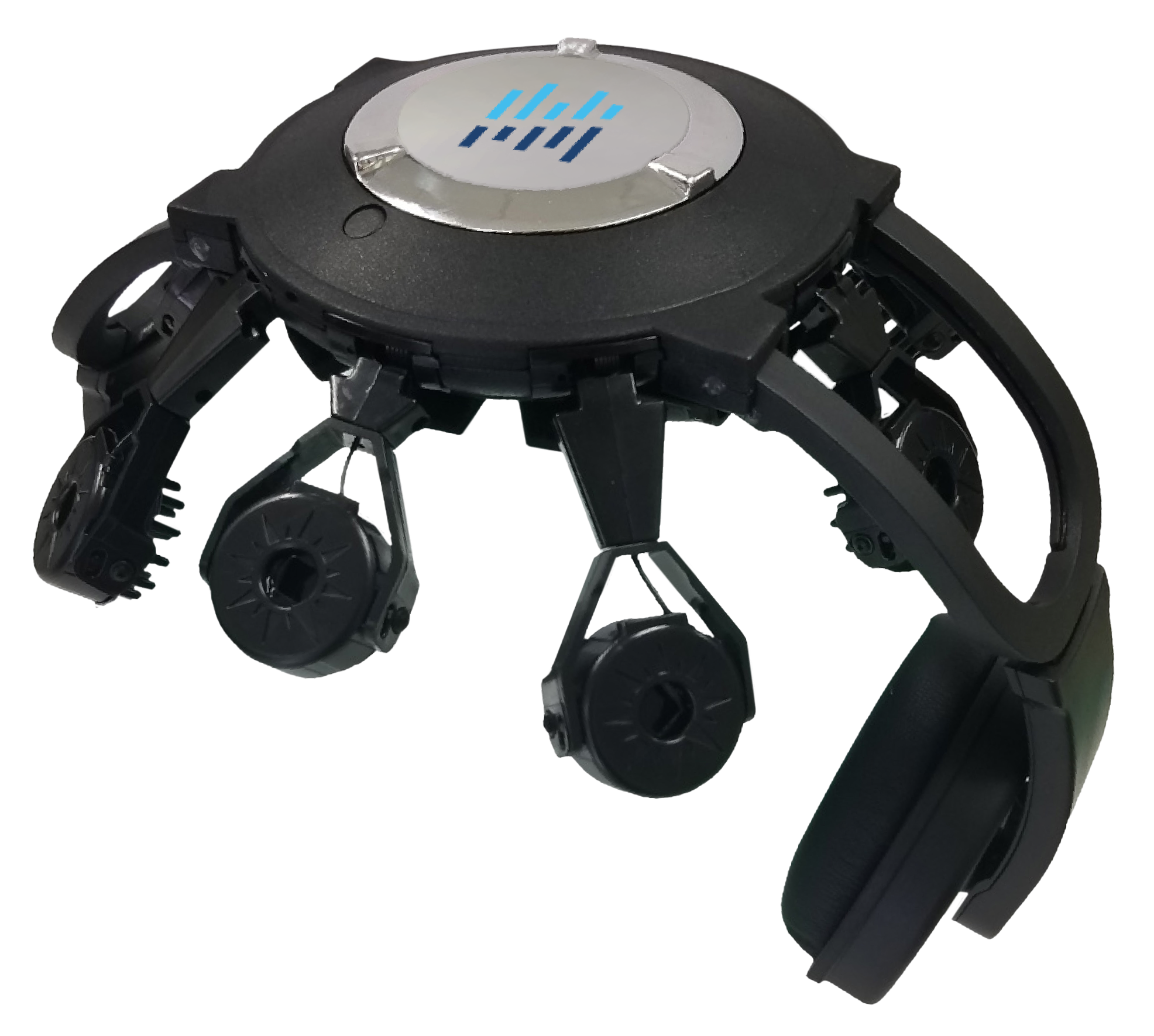
Headset
Identifies electrical signals from the uninjured parts of the brain.
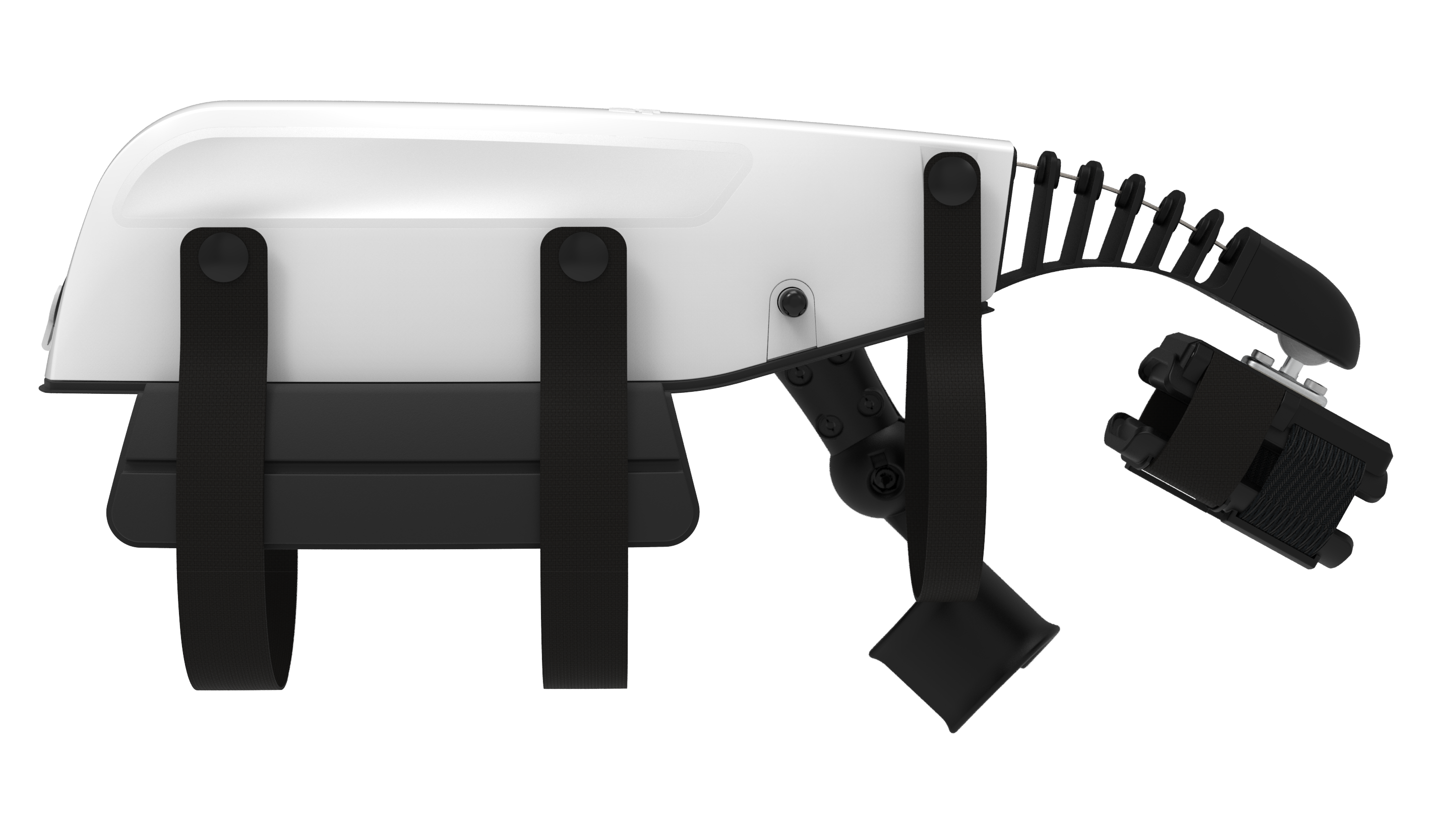
Handpiece
Thoughts of hand movement send signals to the handpiece, prompting it to open the hand.
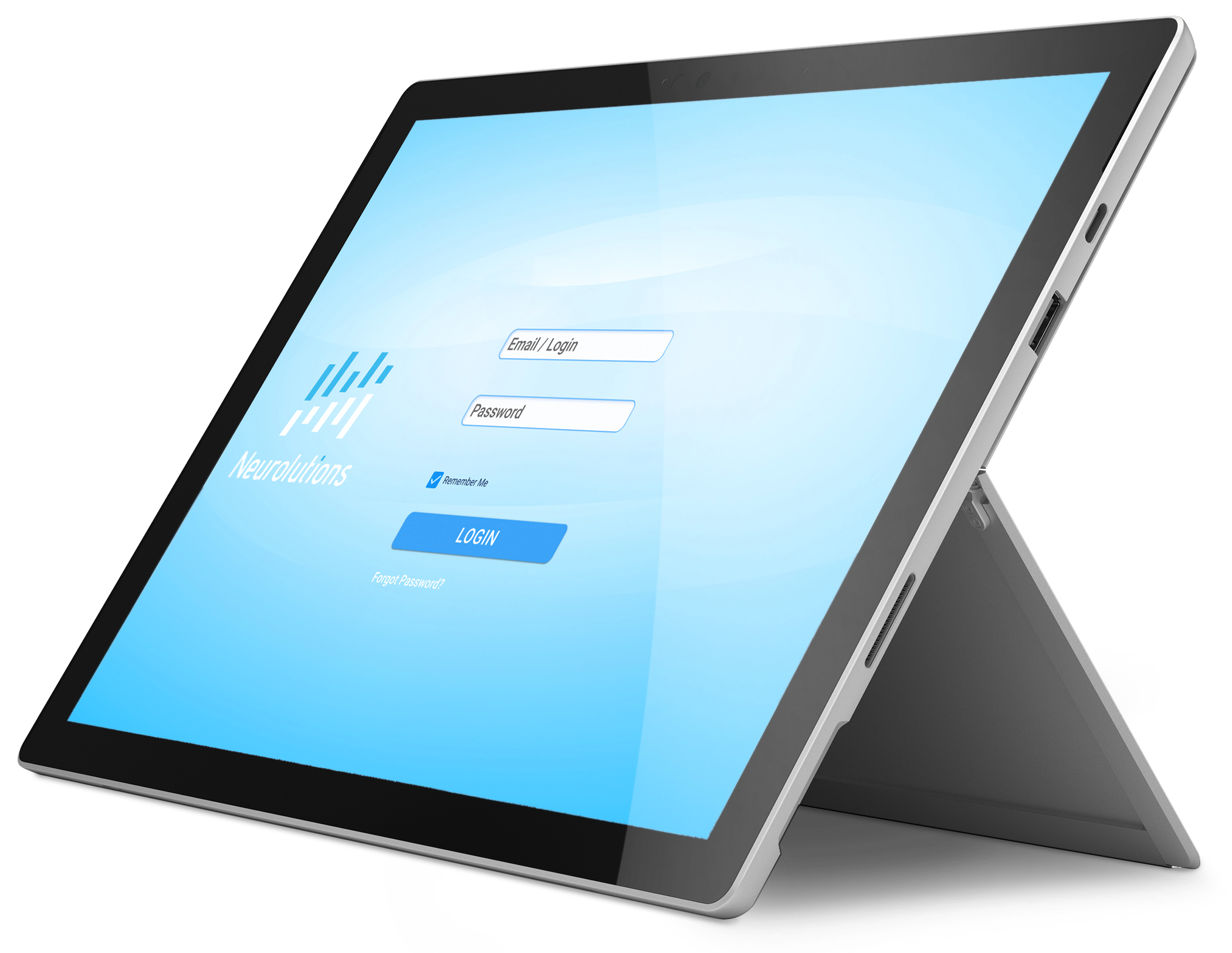
Tablet
Real-time feedback visual motor imagery guidance on a tablet.
Prescribing IpsiHand: The Process
01. Identifying Ideal Candidates
Patients are indicated to use IpsiHand if they are chronic stroke patients (≥ six months post-stroke), age 18 or older, and undergoing rehabilitation to facilitate muscle re-education and maintaining or increasing range of motion in the upper extremity.
02. Prescribing IpsiHand
Standard prescription and insurance forms are available in our clinical resource center for your convenience. These include all necessary and supplemental information for prescribing IpsiHand System to your patients.
03. What’s Next?
Upon receipt of a valid prescription and insurance approval for coverage, the Neurolutions clinical staff works with the patient to schedule an EEG Signal Test and evaluate the patient’s motor intent signals. This crucial step ensures the patient is a suitable candidate for the IpsiHand.
Evidence-Driven Innovation
2022 Brain Communications Publication
Theta–gamma coupling as a cortical biomarker of brain–computer interface.
2022 Brain-Computer Interfaces Publication
Motor Network Reorganization Induced in Chronic Stroke Patients with interface.
2024 Brain-Computer Interface Publication
BCI Therapy Induces Broad Upper Extremity Motor Rehabilitation in Chronic Stroke
Food & Drug Administration
IpsiHand is FDA Cleared
– via De Novo
Neurolutions Awarded
California Life Science Medical Device of the year.
SBIR Awarded $2M
to Neurolutions.
First Clinical Trial Complete
Published on Cover of Stroke
Breakthrough Research
Newly published studies show motor recovery in chronic stroke patients.
FDA Granted
IpsiHand as a “Breakthrough Medical Technology“





